
A vacation in a luxurious villa can transform your travels into a once-in-a-lifetime experience. The perfect villa getaway combines privacy, relaxation, and top-notch service, all set in a breathtaking destination. From tranquil retreats in tropical settings to cultural explorations in vibrant cities, the best villa destinations provide a harmonious balance of scenic beauty, modern amenities, and rich cultural experiences.
Here are some of the most exclusive villa destinations worldwide that offer the perfect blend of luxury, serenity, and adventure.
1. Tokyo, Japan
Tokyo is a dazzling blend of old-world charm and modern vibrancy. While the city is known for its fast pace, you can find pockets of tranquility in its luxurious villas, often featuring magnificent views of the city or Mount Fuji. These villas offer a peaceful retreat from the hustle and bustle, with serene Japanese gardens and traditional tea ceremonies that allow you to dive deep into the culture.
A stay in Tokyo’s Hotel Gajoen provides a fairytale experience, blending 1930s glamour with contemporary comforts. Guests can enjoy the historical charm of antique wooden panels and Japanese lacquerwork alongside modern amenities. Located in the Meguro district, it’s the perfect place to explore both the quieter side of Tokyo and iconic neighborhoods like Shibuya and Shinjuku.
2. Barcelona, Spain
Barcelona, with its rich history, architectural wonders, and Mediterranean allure, is an ideal villa holiday destination. Whether you’re near the city center or in the surrounding hills, a villa in Barcelona offers stunning views, great food, and vibrant culture. The city is home to masterpieces like the Sagrada Familia and Park Güell, designed by the famous Antoni Gaudí.
For a truly luxurious stay, the Grand Hotel Central offers a rooftop infinity pool with panoramic views of the city. Situated between the Gothic Quarter and El Born, this chic hotel lets you explore hidden squares, ancient churches, and enjoy fantastic Mediterranean cuisine. It’s a perfect mix of history, art, and modern luxury.
3. Pietrasanta, Italy
Tucked away in Tuscany, Pietrasanta is a charming town known for its marble sculpting and artistic heritage. With its cobbled streets, art galleries, and bronze foundries, Pietrasanta provides a peaceful escape surrounded by the Apuan Alps and the Tyrrhenian Sea. The town’s historical architecture and tranquil atmosphere make it an ideal destination for art lovers and those seeking a slow-paced retreat.
Albergo Pietrasanta offers an exquisite stay in this artistic town, with a 17th-century palazzo surrounded by a sunlit courtyard. The villa is adorned with modern art and furnished with traditional touches, creating a perfect balance between elegance and comfort. Explore the town’s galleries or bike to nearby beaches for a truly unforgettable experience.
4. Portugal
Portugal’s stunning coastline, charming towns, and rich cultural history make it an exceptional destination for a villa holiday. With beautiful beaches, scenic vineyards, and delightful weather, it’s the perfect getaway for those seeking both relaxation and adventure. The country is famous for its gastronomic delights, including delicious seafood and world-renowned wines.
The Palacio Estoril Hotel offers an elegant retreat along the Lisbon coast, with its historic charm and modern amenities. Guests can unwind with luxurious spa treatments or enjoy a round of golf at nearby courses. The hotel’s past as a favorite of European royalty adds a sense of glamour to your stay.
5. Iceland
For a truly unique villa experience, Iceland offers an otherworldly landscape filled with volcanoes, glaciers, geysers, and waterfalls. Known as the “Land of Fire and Ice,” Iceland provides a dramatic backdrop for luxury villas. Whether you visit during the Midnight Sun or under the mesmerizing Northern Lights, you’ll have plenty of daylight hours to explore the stunning surroundings.
Hotel Rangá, located in south Iceland, combines the warmth of a hunting lodge with the grandeur of a palatial cabin. Guests can enjoy gourmet dining and stargazing from the hotel’s observatory. The hotel’s remote location offers unparalleled access to Iceland’s natural wonders, including the famous Njáls Saga sites and the stunning views of volcanoes and rivers.
6. France
France is synonymous with luxury, offering diverse landscapes, world-class cuisine, and rich cultural history. Whether you choose to stay in the countryside, along the French Riviera, or close to a major city, you’re guaranteed a memorable villa experience. Enjoy fresh produce from local markets, indulge in traditional French dishes, or hire a private chef to prepare gourmet meals right in your villa.
Auberge de Cassagne & Spa, located near Avignon, is an idyllic French country house surrounded by beautiful gardens. In the summer, the garden terrace is perfect for dining and relaxation, while the cozy bar with its roaring fire is the ideal spot in winter. For those looking to explore, Avignon’s historical sites and the famous Châteauneuf-du-Pape vineyards are just a short trip away.
7. Dominican Republic
The Dominican Republic offers an alluring mix of beautiful beaches, rich culture, and an ideal climate for a luxurious villa escape. With crystal-clear waters and powdery white sand, it’s a paradise for those looking to unwind and enjoy water sports such as snorkeling, scuba diving, and sailing.
The Sublime Samana Hotel & Residences, located in the Dominican Republic, provides guests with a private beach, a beach club, and luxurious villas offering spectacular views of the ocean and surrounding mountains. From whale watching to exploring the National Park Los Haitises, there’s no shortage of exciting adventures in this tranquil paradise.
8. Tokyo, Japan
For those seeking a destination that combines tradition with innovation, Tokyo offers a perfect mix of experiences, from luxurious villas to traditional tea ceremonies and modern cultural attractions. Whether you’re lounging in a villa overlooking serene gardens or exploring the city’s historic temples, Tokyo offers an escape from the ordinary.
Conclusion
Whether you’re looking for the serene beauty of Iceland, the vibrant culture of Barcelona, or the artistic heritage of Pietrasanta, these villa destinations offer a perfect blend of luxury and adventure. From breathtaking landscapes to rich histories, each destination promises an unforgettable experience. Let your next getaway be a luxurious villa escape, where every moment is designed for your ultimate relaxation and enjoyment.










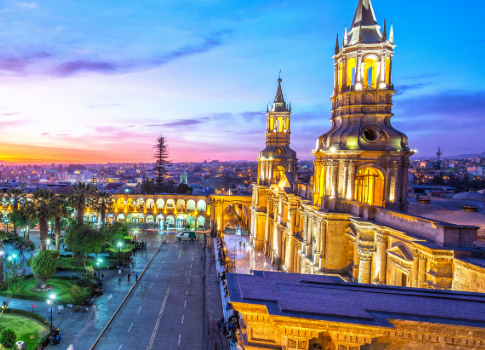

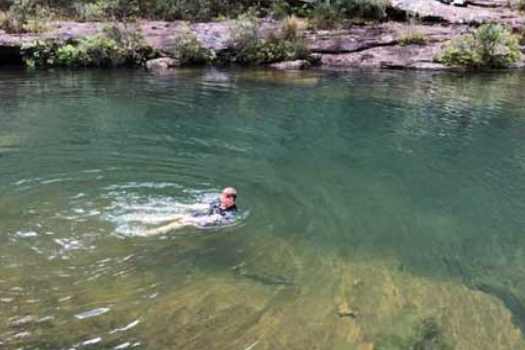
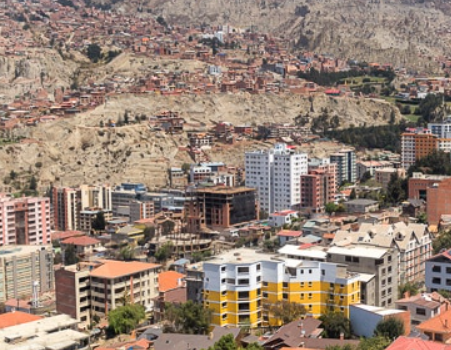
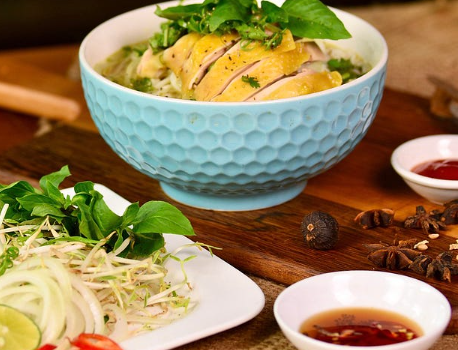


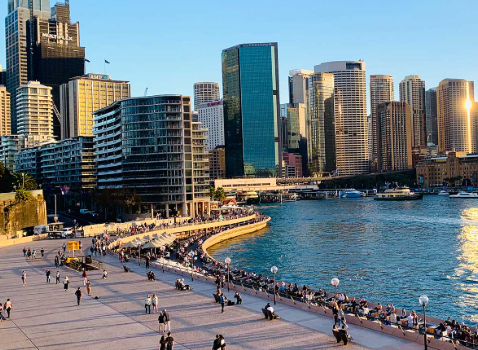


Comments